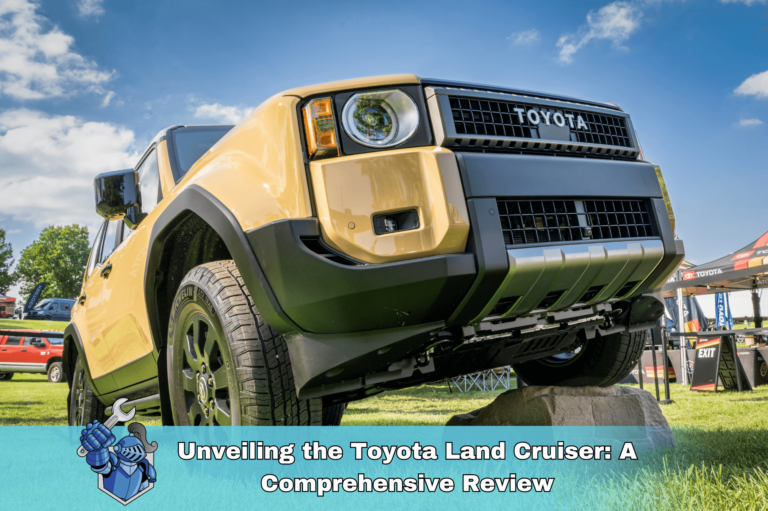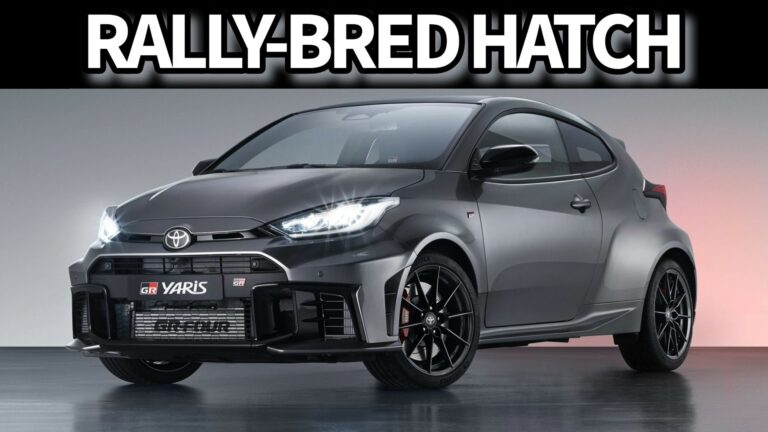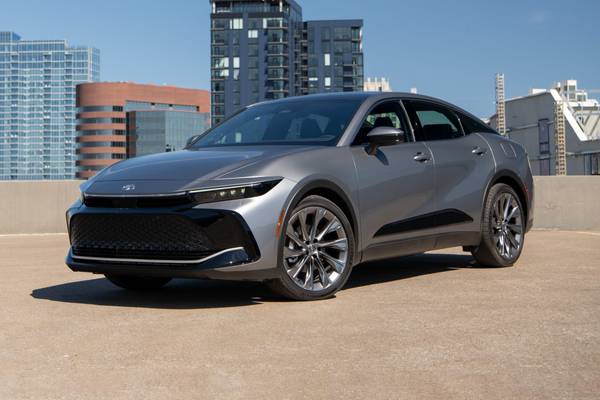2026 Toyota Mirai Specs: Hydrogen Fuel Cell Powerhouse Unveiled
The automotive industry is on the cusp of a paradigm shift as hydrogen fuel cell technology gains traction. Toyota, a pioneer in this field, is poised to unveil its latest marvel, the 2026 Toyota Mirai. With its advanced powertrain, sleek design, and cutting-edge features, the Mirai promises to redefine the boundaries of sustainable mobility.
In this comprehensive guide, we delve into the intricate details of the 2026 Toyota Mirai, exploring its powertrain, design, interior, driving experience, and more. We also shed light on the hydrogen infrastructure landscape and its implications for the widespread adoption of hydrogen fuel cell vehicles.
Powertrain and Performance
The 2026 Toyota Mirai employs an advanced hydrogen fuel cell system to generate electricity and power its electric motor. This system offers a unique blend of performance and eco-friendliness.
Fuel Cell Technology
The Mirai’s fuel cell is a cutting-edge electrochemical device that combines hydrogen and oxygen from the air to produce electricity. This process generates water vapour as the only emission, making the Mirai a zero-emission vehicle.
Electric Motor Performance
The electric motor in the 2026 Mirai delivers impressive power and torque. With a maximum output of 182 horsepower and 221 lb-ft of torque, the Mirai offers brisk acceleration and responsive performance.
Hydrogen Storage Capacity and Driving Range
The Mirai’s hydrogen storage system has been enhanced to increase its capacity. It now holds 5.6 kilograms of hydrogen, allowing for an extended driving range of up to 402 miles on a single fill-up. This extended range provides drivers with greater peace of mind and reduces the need for frequent refuelling.
Interior and Technology

The Mirai’s cabin is designed to be spacious and comfortable, with ample legroom and headroom for all passengers. The seats are supportive and well-bolstered, and they’re trimmed in high-quality materials. The overall impression is one of luxury and refinement.
The infotainment system is easy to use and intuitive, with a large touchscreen that’s responsive and clear. The system includes all the latest features, such as Apple CarPlay and Android Auto, and it can be connected to the internet for access to streaming music and other online content.
The Mirai also comes with a suite of advanced safety and driver-assistance technologies, including lane departure warning, automatic emergency braking, and adaptive cruise control. These technologies help to keep the driver and passengers safe on the road.
Interior Space and Comfort
The Mirai’s cabin is spacious and comfortable, with plenty of room for five passengers. The front seats are heated and ventilated, and they offer good support. The rear seats are also heated, and they provide ample legroom and headroom.
Infotainment System
The Mirai’s infotainment system is easy to use and intuitive, with a large touchscreen that’s responsive and clear. The system includes all the latest features, such as Apple CarPlay and Android Auto, and it can be connected to the internet for access to streaming music and other online content.
Safety and Driver-Assistance Technologies
The Mirai comes with a suite of advanced safety and driver-assistance technologies, including lane departure warning, automatic emergency braking, and adaptive cruise control. These technologies help to keep the driver and passengers safe on the road.
Driving Experience and Features

The Toyota Mirai offers a unique driving experience thanks to its hydrogen fuel cell powertrain. This advanced technology provides instant torque and smooth acceleration, giving the Mirai a responsive and engaging feel on the road. The Mirai’s handling is also impressive, with a well-tuned suspension setup that delivers a comfortable ride without sacrificing agility.
Driver-Selectable Modes
The Mirai comes with a range of driver-selectable modes that allow you to tailor the driving experience to your preferences. These modes include:
– Eco Mode: Optimizes fuel efficiency by reducing power output and limiting acceleration.
– Normal Mode: Provides a balance of performance and efficiency for everyday driving.
– Sport Mode: Enhances throttle response and steering feel for a more engaging driving experience.
– Snow Mode: Adjusts the powertrain and handling settings for improved traction in snowy or icy conditions.
Hydrogen Infrastructure and Availability
Hydrogen fueling infrastructure is still in its early stages of development, but it is rapidly expanding. There are currently over 600 hydrogen fueling stations worldwide, and that number is expected to grow to over 1,000 by 2025. The majority of these stations are located in Europe and Asia, but there are a growing number of stations in the United States and Canada.
The biggest challenge to expanding hydrogen availability is the cost of building and operating fueling stations. Hydrogen fueling stations are more expensive to build than traditional gasoline stations, and they require a lot of space. However, the cost of hydrogen is expected to come down in the future as the technology matures.
Another challenge to expanding hydrogen availability is the lack of public awareness about hydrogen fuel cell vehicles. Many people are not aware of the benefits of hydrogen fuel cell vehicles, and they are hesitant to purchase them. However, as more hydrogen fueling stations are built and as the cost of hydrogen comes down, hydrogen fuel cell vehicles are expected to become more popular.
Hydrogen fuel cell vehicles have the potential to significantly reduce carbon emissions. Hydrogen is a clean-burning fuel, and it produces no tailpipe emissions. Hydrogen fuel cell vehicles are also more efficient than gasoline-powered vehicles, so they can travel further on a gallon of fuel.
Pricing and Availability
The 2026 Toyota Mirai is expected to carry a competitive price tag, appealing to a wider audience interested in eco-friendly transportation. While the exact pricing details are yet to be officially announced, industry experts anticipate a starting price range between £50,000 and £60,000. This pricing strategy aims to make the Mirai accessible to a broader customer base, promoting the adoption of hydrogen fuel cell technology.
The targeted release date for the 2026 Toyota Mirai is set for the second half of 2026. It will initially be available in select markets, including the United Kingdom, Japan, and California, USA. Toyota plans to gradually expand its availability to other regions based on demand and the development of hydrogen infrastructure.
For eager customers, pre-order or reservation options may become available closer to the launch date. These options will allow individuals to secure their spot in line for the highly anticipated 2026 Toyota Mirai. Further details regarding pre-orders and reservations will be announced by Toyota in the coming months.
Frequently Asked Questions
What is the expected price range of the 2026 Toyota Mirai?
Toyota has not yet released official pricing information for the 2026 Mirai. However, industry analysts estimate that it will fall within the range of $50,000 to $60,000.
What is the targeted release date of the 2026 Toyota Mirai?
Toyota has not announced a specific release date for the 2026 Mirai. However, it is expected to arrive in dealerships sometime in the second half of 2025.
Does the 2026 Toyota Mirai offer any pre-order or reservation options?
Toyota has not yet announced any pre-order or reservation options for the 2026 Mirai. Interested customers are advised to contact their local Toyota dealership for the latest information.


